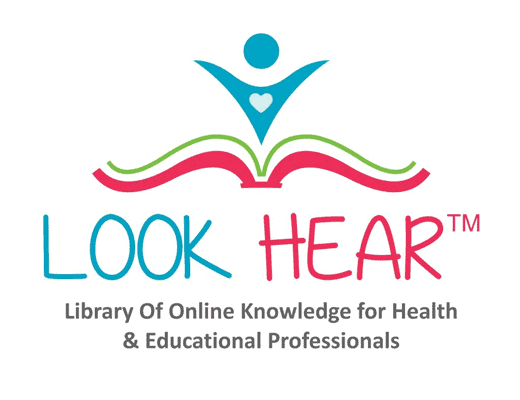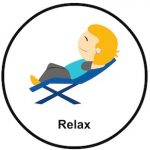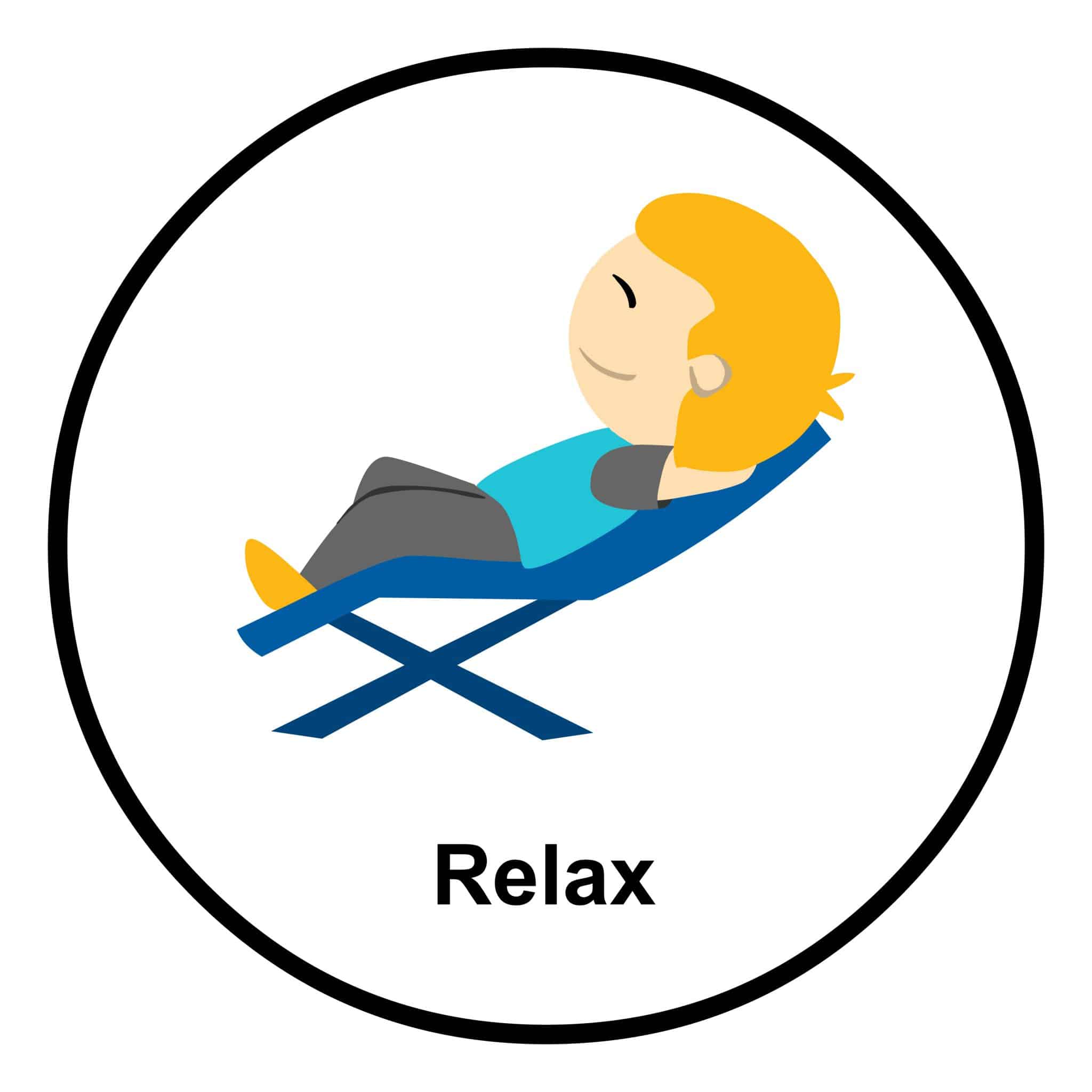Relaxation – What is the evidence?
RELAXATION
This month the review of the evidence is all about something to follow on from the bullying update – Relaxation. You can check out all things Mental Health on our page here!
RESEARCH
All children worry. Researchers have suggested that this worry is in part due to the fact that childhood is full of “firsts”, doing a lot of things for the first time (Hallowell, 2011). While some worries are
developmentally appropriate, for example being away from parents (relates to safety) or not having friends (relates to sociability), other anxieties get in the way of children functioning across different areas (school, home, etc.). As such, it is important for children to develop coping skills to manage their worries.
Broadly, stress management techniques have been found to be beneficial. In particular, there is evidence to indicate that strategies like yoga, breathing techniques, relaxation response techniques, and sensorimotor awareness activities can improve psychosocial well-being, self-regulations, self-esteem, behaviour and cognition (Dacey, Mack & Fiore, 2016; Gard, et al. 2012; Bothe, Grignon & Olness, 2014).
Below is a list of stress management techniques children can try:
Physical Strategies
· Tense and release muscles / guided muscle relaxation
· Massage
· Exercise
· Playing sport
· Yoga
Psychological Strategies
· Grounding
· Visualisation
· Coping statements
· Meditation
· Distraction
· Redirection
FURTHER READING:
Take a look at Relax Kids here. They have a great portal that you can access for learning about and teaching relaxation.
REFERENCES:
Bothe, D. A., Grignon, J. B., & Olness, K. N. (2014). The effects of a stress management intervention in elementary school children. Journal of Developmental & Behavioral Pediatrics, 35(1), 62-67.
Broderick, P., & Metz, S., (2009). Learning to BREATHE: A pilot trial of a mindfulness curriculum for adolescents. Advances in School Mental Health Promotion, 2(1), 35-46.
Dacey, J. S., Mack, M. D. & Fiore, L. B. (2016). Your Anxious Child: How Parents and Teachers Can Relieve Anxiety in Children (2nd Ed.). New York, ny; John Wiley & Sons, Ltd.
Gard, T., Brach, N., Holzel, B.K., Noggle, J.J., Conboy. L.A., & Lazar, S.W. (2012). Effects of a yoga based intervention for young adults on quality of life and perceived stress: The potential mediating roles of mindfulness and self-compassion. Journal of Positive Psychology, 7(3).
Hallowell, E. M. (2011). Worry: Hope and Help for a Common Condition. Random House Publishing Group
Singh, N. N., Lancioni, G. E., Winton, A. S., Karazsia, B. T., Myers, R. E., Latham, L. L., & Singh, J. (2014). Mindfulness-based positive behavior support (MBPBS) for mothers of adolescents with autism spectrum disorder: Effects on adolescents’ behavior and parental stress. Mindfulness, 5(6), 646-657.
Weaver, L. L., & Darragh, A. R. (2015). Systematic Review of Yoga Interventions for Anxiety Reduction Among Children and Adolescents. American Journal of Occupational Therapy, 69(6), 6906180070p1-6906180070p9.


